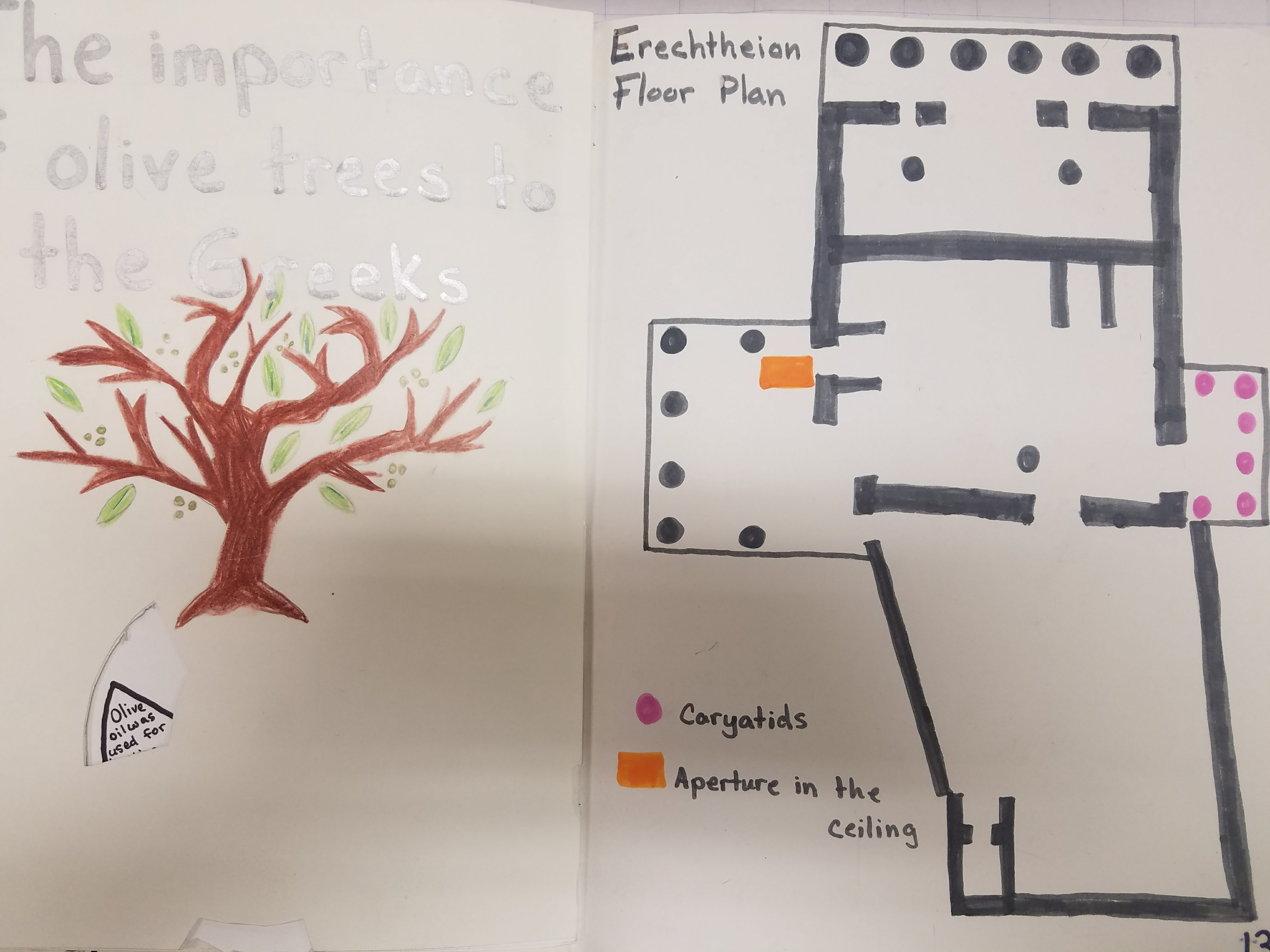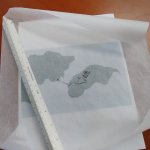Bradford Elementary School in Bradford Vermont has been implementing Project Based Learning for the past two years now. Ms. Albright’s 6th Grade class has been studying Greek mythology and each student selected a Greek god to do a research project on. The first part of the project was to research the specific god and write about the mythology. The next part of the project was to research Greek temples that were erected for their specific god.

To document their research each student made a book where they were able to choose what information to convey. All students included their write-up and then different diagrams and drawings to convey what was important about their specific god and included family trees as well as important facts, diagrams, and drawings.

To research the temple the students drew floor plans and important elements and details of each temple. I spent a morning with the students teaching them about the basics of architectural scale drawings. To do this we used floor plans and elevations from Windham Elementary School, a project under construction by Banwell right now. Students were tasked with measuring specific elements on the drawings to see how different scales conveyed different information. I also left them some old architecture books so they could do their own research about Greek architecture.

The students started out with study models learning how to do pop-up books with paper as well as pin-wheels and sliders. To accomplish their final books, they had to learn about the limitations of the materials they were working with and find solutions to the limitations they found. Ms Albright noted how the students gained a nuanced, technical understanding of different papers and how their characteristics could be an asset or a liability. They were also given a budget of $100 each for paper and art supplies.

These projects are great because they are scalable across different age groups and because they cover a broad depth of education and contextualizes the importance of a holistic education. In this project students studied history, research methods, writing, art, math (scale, conversions as many of the references for their buildings were in metric units), time management, and financial responsibility.



